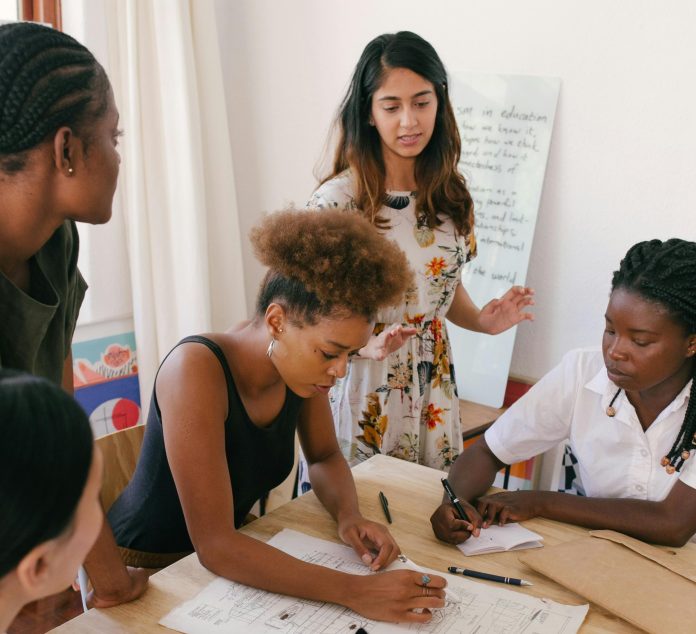Women’s Equality Day falls on August 26 each year on the anniversary of the day that the Nineteenth Amendment was passed in the United States in 1920, granting women the right to vote. A huge day for gender equality, it is a chance to celebrate the steps that have been taken since then to improve matters further.
Yet, it is also a time to consider what work there is still to be done. Huge progress has been made since 1920, but the reality is that there are still many countries, scenarios and industries where women do not have equality. Looking at our own sector, women in financial services only account for 18% of C-suite positions globally and in the UK earn 28.8% less on average than male counterparts.
It’s raining men
Financial services is a male-dominated industry, especially at the highest levels. Contemplating why this is, Daniella Driver, Marketing Executive at Aqilla, explains that “men throughout history have always been trusted with the ‘harder’ and more thought-provoking roles, and we’ve had to look up to them and feel that they hold power.”
Meanwhile, she continues, “we have always been taught that women were either maternal figures or had to have a more creative role, otherwise you weren’t feminine enough. But who is to say being a female FD or a Technician doesn’t help a woman embrace her femininity?”
Driver’s colleague at Aqilla, Software Engineer Elena Arabgadi reflects on her experiences doing a technical role within the industry: “20 years ago, when I started to work in IT, I was the first female Java developer in my city. At that time, I was young, inexperienced, but very motivated. So, I felt in my own skin all the pros and cons of working in a male-dominated environment.”
Having experienced a similar start to her career, Oylum Tagmac, Senior Director of International Partner Management at Commvault, shares, “when I first started my career almost 25 years ago, I felt the need to work twice as hard to prove myself, and there were moments when my opinions weren’t taken as seriously as they should have been. Navigating these dynamics is exhausting, especially when you’re judged based on your gender rather than your abilities.”
But, it isn’t all doom and gloom. Progress is being made, albeit slowly, and we are moving in the right direction. As Driver recognises, “times are changing, and the treatment of women—either in a male-dominated environment or not—does seem to be improving overall (even though there still is a long way to go). I am really grateful that we live in a world now where women can inspire future generations, and show that anything really is possible. If I see women absolutely smashing it in their roles, finance/tech or not, I just think they are a boss and are paving the way for women everywhere.”
The next step
So how do we ensure that we keep moving in the right direction and close the gender gap? There are multiple solutions and avenues to take to achieve this, but ultimately It is a group effort between organisations, colleagues and women themselves.
Tagmac advocates for women supporting women: “It’s up to us, as women, to support one another, continue pushing boundaries, and pave the way for future generations. We can’t allow stereotypes or assumptions about our abilities to hold us back simply because we’re women. We must empower young women to be confident in their skills and encourage them to find allies, both male and female, to help them succeed.”
Lisa Healey, Sales Director at Node4, champions mentorship as part of this movement: “Mentorship and guidance is key to helping women navigate their careers within fields that are typically male-dominated. I always advise young women starting a career in tech to seek out strong mentors who can support their growth and progression. Having someone who can guide you through the complexities of your career, advocate for you and provide expert insight is invaluable.”
Charis Thomas, Chief Product Officer at Aqilla, recognises not-for-profit organisations such as Women in Tech, Girls Who Code, and Tech She Can for their “great work encouraging women to enter science and technology fields.” But she also acknowledges that it is down to businesses themselves to “hire from diverse talent pools.”
“We know that greater diversity leads to increased revenue, fosters new thinking, and drives innovation,” she continues.
Elena Arabgadi concludes, reminding us why it is so important to have an equal and diverse workforce: “We only win from women’s presence. Only the combination of female and male approaches can bring excellent results.”


